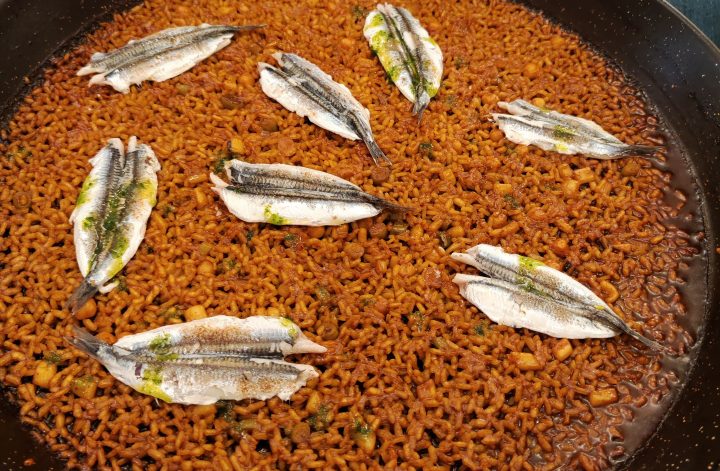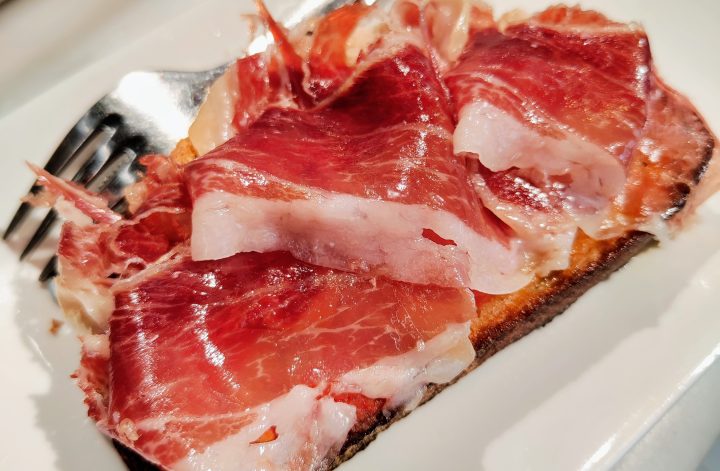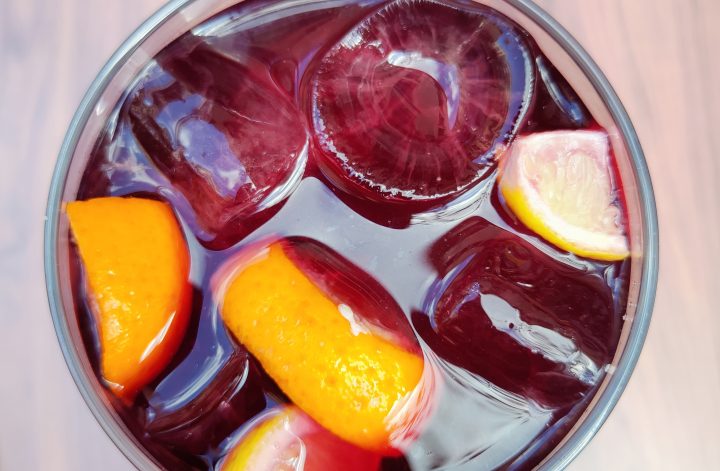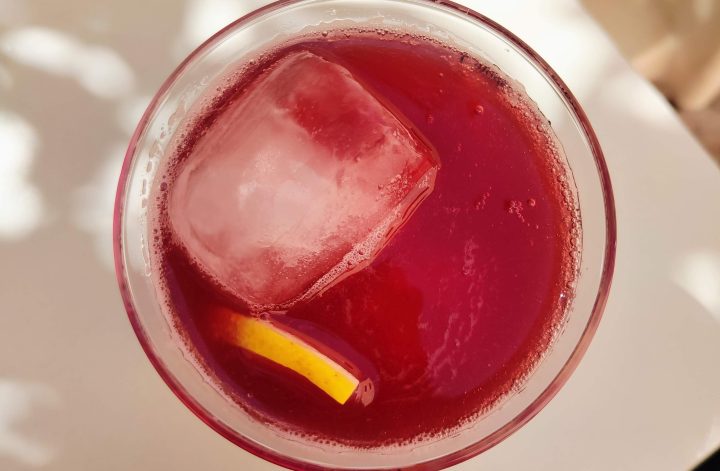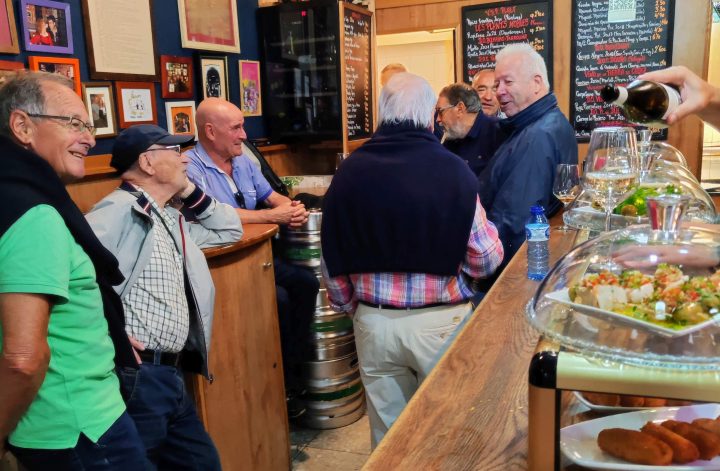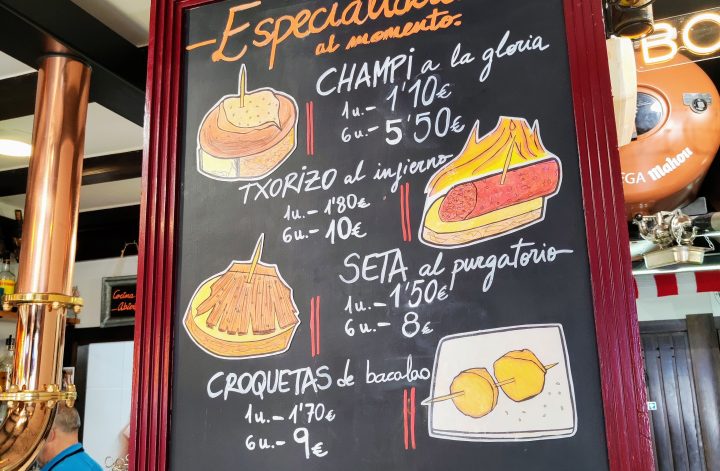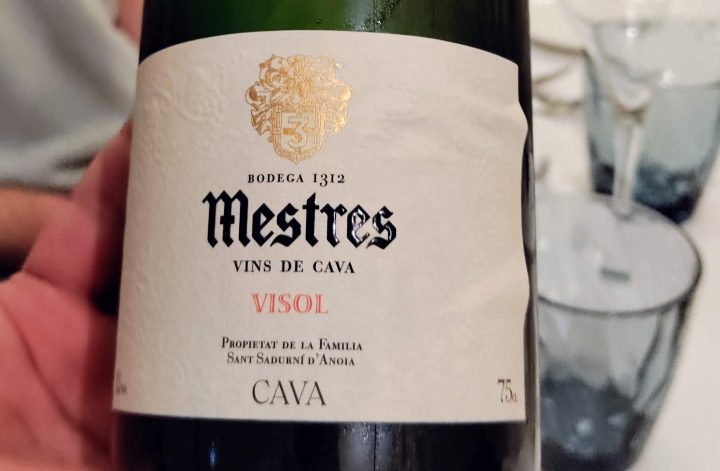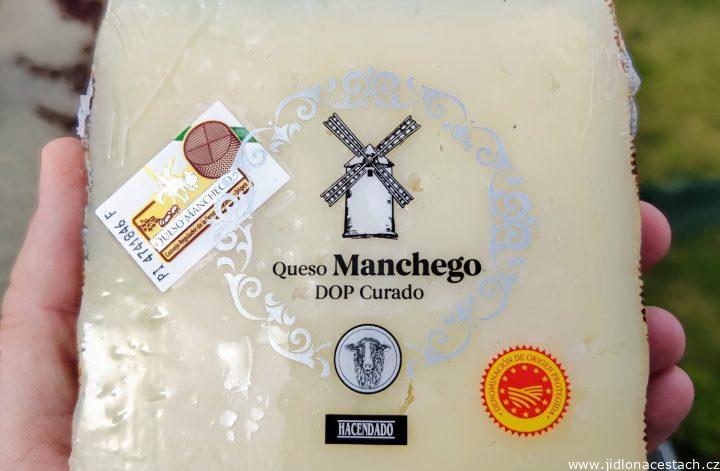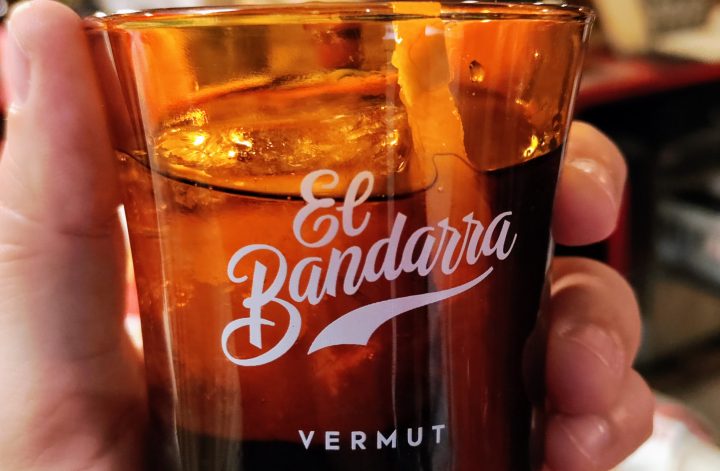What to Eat in Spain: Typical Spanish Food and Specialties
Spanish cuisine is one of the most diverse and delicious in the world. It is known for its variety of ingredients, bold flavors, and traditional techniques. The Spanish take pride in fresh ingredients and simple yet effective preparation methods.
Food in Spain
Typical Spanish Dishes
Among the most famous typical Spanish dishes are tapas, which are small portions of various dishes served as snacks or as a standalone meal. Tapas can be either cold or hot.

Another typical Spanish dish is paella, which originates from the Valencia region. It is a dish made from rice, meat, seafood, vegetables, and spices. Paella is traditionally prepared in large pans over an open fire and is served exclusively as a lunch dish.
Other typical Spanish dishes include gazpacho, a cold soup made from tomatoes, peppers, cucumber, bread, and olive oil. Gazpacho is a refreshing dish often served in the summer.
The Spanish take pride in quality ingredients such as olive oil, fresh fish and seafood, vegetables, and fruits. Particularly famous are Spanish cured hams (jamón ibérico, jamón serrano) and cheeses (manchego, cabrales, mahón).
Spanish National Dish
Many people consider paella to be the national dish of Spain. Paella originates from Valencia, a city on the eastern coast of Spain. Originally, paella was a dish for peasants and farmers who used available ingredients such as rice, vegetables, rabbit, and sometimes even snails. Today, paella is an internationally recognized symbol of Spanish cuisine.
Despite the fame of paella, it is actually the tortilla de patatas that is the true national dish of Spain. This simple yet tasty dish made from eggs and potatoes can be found in almost every restaurant, bar, or household across the country.

Unlike paella, which requires specific ingredients and longer preparation, tortilla de patatas is easily accessible and can be made with just a few basic ingredients. Its simplicity and versatility make it the true national dish of Spain, reflecting the everyday life and tastes of the Spanish people.
Typical Spanish Drinks
The most famous typical Spanish alcoholic drink is sangria. Sangria is traditionally made from red wine, fruit, and sometimes a splash of brandy or other spirits. It is served in large pitchers. Although sangria is internationally renowned, within Spain it is often seen more as a tourist drink, with many locals preferring other beverages.

One such drink is “tinto de verano,” which translates as “summer red wine.” This refreshing cocktail consists of red wine and sweet lemon soda. It is a popular drink in the hot summer months, and you can find it in almost every bar or restaurant throughout Spain. I highly recommend trying it!
Of course, one cannot fail to mention the excellent Spanish wines. Spain is one of the largest wine producers in the world, with a long and rich history of winemaking. Each region produces its own unique varieties and styles.

Another typical Spanish drink is cava, the Spanish version of champagne. Cava is predominantly produced in Catalonia using the same traditional method as French champagne, but with local grape varieties. Cava is a popular celebratory drink, often served as an aperitif. It is generally drier and lighter than many other sparkling wines, making it a great choice for hot summer days.
Vermouth, an aromatized wine, is another drink that has gained popularity in Spain. Spanish vermouth is made by macerating wine with various herbs and spices such as wormwood, cinnamon, and cloves. It is served chilled, often with a slice of orange and an olive.

When it comes to non-alcoholic drinks, one cannot overlook horchata. This intriguing “milky” beverage is made from small tubers known as “chufas,” which are soaked, ground, and mixed with water and sugar. The result is a sweet, creamy drink similar to milk, with a subtle nutty flavor, perfect for hot summer days.
What to Eat in Spain
- Paella. The world-famous Spanish dish made from rice, vegetables, and seafood or meat, a regional specialty of Valencia.
- Tapas. Small portions of various dishes, often served as an appetizer or snack with beer.
- Gazpacho. A cold soup made from tomatoes, peppers, and cucumbers.
- Jamón. A highly valued cured ham, the best of which comes from black Iberian pigs.
- Chorizo. A pork sausage, often used in various Spanish dishes and as tapas.
- Tinto de verano. A refreshing drink made from red wine and lemon soda.
- Tortilla de patatas. A Spanish omelette with potatoes. The national dish of Spain.
- Churros. Fried dough usually served with hot chocolate.
- Sangria. A fruity alcoholic drink made from red wine, fruit, and often brandy.
- Croquetas. Fried croquettes filled with ham, cheese, or seafood.
- Patatas bravas. Fried potatoes served with a spicy sauce.
- Pimientos de Padrón. Fried green peppers, sometimes spicy.
- Salmorejo. A cold soup similar to gazpacho.
- Cava. Spanish sparkling wine, predominantly produced in Catalonia.
- Queso manchego. A cheese made from sheep’s milk, originating from the La Mancha region.
- Horchata. A refreshing drink made from chufa (tiger nuts), originally from Valencia.
- Fideuà. A dish similar to paella, but made with noodles instead of rice.
- Cochinillo asado. Roast piglet, a specialty from Castile.
- Migas. A dish made from fried bread, garlic, peppers, and sometimes bacon.
- Crema catalana. A Catalan cream dessert similar to crème brûlée.

How to Fully Enjoy Spanish Cuisine
- Try tapas. Order several small portions of different tapas in a bar and enjoy their variety.
- Visit markets. At local markets, you’ll find fresh ingredients and often stalls with prepared food.
- Attend a food festival. Spain is famous for its gastronomic festivals where you can taste local specialties. I happened to visit Valencia on International Paella Day. That meant lots of tastings! ❤️
- Learn to cook paella. Take a paella cooking class and learn how to prepare this most famous Spanish dish. And if you want to be more authentic, learn other Spanish rice dishes (such as arròs a banda).
- Treat yourself to a menú del día. Many restaurants offer a value-for-money lunch menu consisting of several courses.

Regional Spanish Cuisine and Specialties
Spanish gastronomy has several regional branches, each offering unique specialties.
- Basque cuisine is renowned for its high quality and innovative techniques. The local tapas called pintxos, small portions of food skewered on a stick, are famous. Basque cuisine emphasizes fresh ingredients, especially seafood and fish. A specialty is also cod pil-pil. The region is known for producing cider and wines.
- Andalusian cuisine is influenced by Moorish culture and is characterized by the use of olive oil, garlic, herbs, and spices. A specialty is the cold soup gazpacho. Fried fish like boquerones are popular. Andalusia is home to excellent cheeses. The region is also famous for producing sherry.
- Galician cuisine is known for its seafood and fish, which are among the best in Spain. Specialties include mussels in wine, octopus á feira, or cod. The region is famous for its beef and dairy products. Galicia is known for producing Albariño white wine.
- Cuisine of Castile and León is influenced by the continental climate and pastoral tradition. Specialties include roast suckling pig cochinillo or lamb lechazo. Blood sausage known as morcilla is also popular. The region is renowned for producing red wines, especially from the Ribera del Duero area.

Famous Spanish Chefs
Spain boasts a number of exceptional chefs who have gained international recognition.
- Ferran Adrià (1962). Considered one of the most influential chefs of the modern era. He gained fame with his avant-garde cuisine at the restaurant El Bulli, which was repeatedly named the best restaurant in the world. Adrià is known for his innovative approach to food, using molecular gastronomy and creating surprising and creative dishes.
- José Andrés (1969). A prominent Spanish chef who gained fame in the United States. He owns several successful restaurants and is known for his innovative approach to traditional Spanish cuisine. Andrés is also an active philanthropist and is the founder of the non-profit organization World Central Kitchen, which provides food to people affected by natural disasters.
- Juan Mari Arzak (1942). Considered a pioneer of New Basque cuisine. His namesake restaurant Arzak in San Sebastián is renowned for its creative and innovative dishes. Arzak is known for his use of local ingredients and modern culinary techniques to create unique and memorable meals.
- Elena Arzak (1969). The daughter of Juan Mari Arzak is also an acclaimed chef. She works alongside her father at the restaurant Arzak, and in 2012, she was named the best female chef in the world. Elena is known for her creative and artistic approach to cooking and her passion for innovation in gastronomy.

Spanish Michelin Restaurants
In Spain, there are 1,285 restaurants listed in the Michelin guide, including 15 restaurants with 3 stars, 32 restaurants with 2 stars, 221 restaurants with 1 star, and 227 restaurants in my favorite Bib Gourmand category – outstanding value for money (June 2024).
Among the most famous Spanish Michelin-starred restaurants is El Celler de Can Roca in Girona, which has been named the best restaurant in the world multiple times. This restaurant is run by the Roca brothers – Joan, Josep, and Jordi. Their cuisine is based on traditional Catalan recipes presented in a modern style using the finest ingredients.
Another world-renowned three-star restaurant is Arzak in San Sebastián, led by Juan Mari Arzak and his daughter Elena. The Arzak restaurant is famous for its avant-garde approach and constant exploration of new techniques and flavors.
Other notable three-star establishments include Akelarre in San Sebastián (chef Pedro Subijana), Martín Berasategui in Lasarte-Oria (Martín Berasategui), Quique Dacosta in Dénia (Quique Dacosta), DiverXO in Madrid (Dabiz Muñoz), and ABaC in Barcelona (Jordi Cruz).
A two-star restaurant worth mentioning is Disfrutar in Barcelona, led by a trio of chefs – Oriol Castro, Eduard Xatruch, and Mateu Casañas – who previously worked at the legendary El Bulli. Their cuisine is creative, playful, and full of surprising flavors.

Interesting Facts about Spanish Food
- Spain is home to the oldest restaurant in the world. The Sobrino de Botín restaurant in Madrid was opened in 1725 and is listed in the Guinness Book of World Records.
- The Spanish town of Buñol hosts the annual La Tomatina festival, where participants throw ripe tomatoes at each other. During this one-day event, up to 150,000 kg of tomatoes are used.
- In the town of Haro in the La Rioja region, the annual Batalla del Vino (Wine Battle) festival is held, during which participants splash red wine on each other using syringes and buckets. The festival dates back to the 13th century and is related to historical land ownership disputes.
- Spain is the world’s largest producer of olive oil.
- Spanish Cabrales cheese, from Asturias, ages in caves on limestone shelves. The average aging period is several months, during which the cheese develops its characteristic mold.
- Spanish cuisine uses a type of black salt that gets its color from a high content of volcanic ash. This salt comes from the island of Lanzarote in the Canary Islands.
- Spain has its own version of the famous dessert crème brûlée, called “crema catalana.“
Spanish cuisine can create unforgettable taste experiences from simple yet high-quality ingredients. Perhaps this is why Spanish restaurants are among the most popular even outside of Spain.
Enjoy Spain and the best Spanish food!
